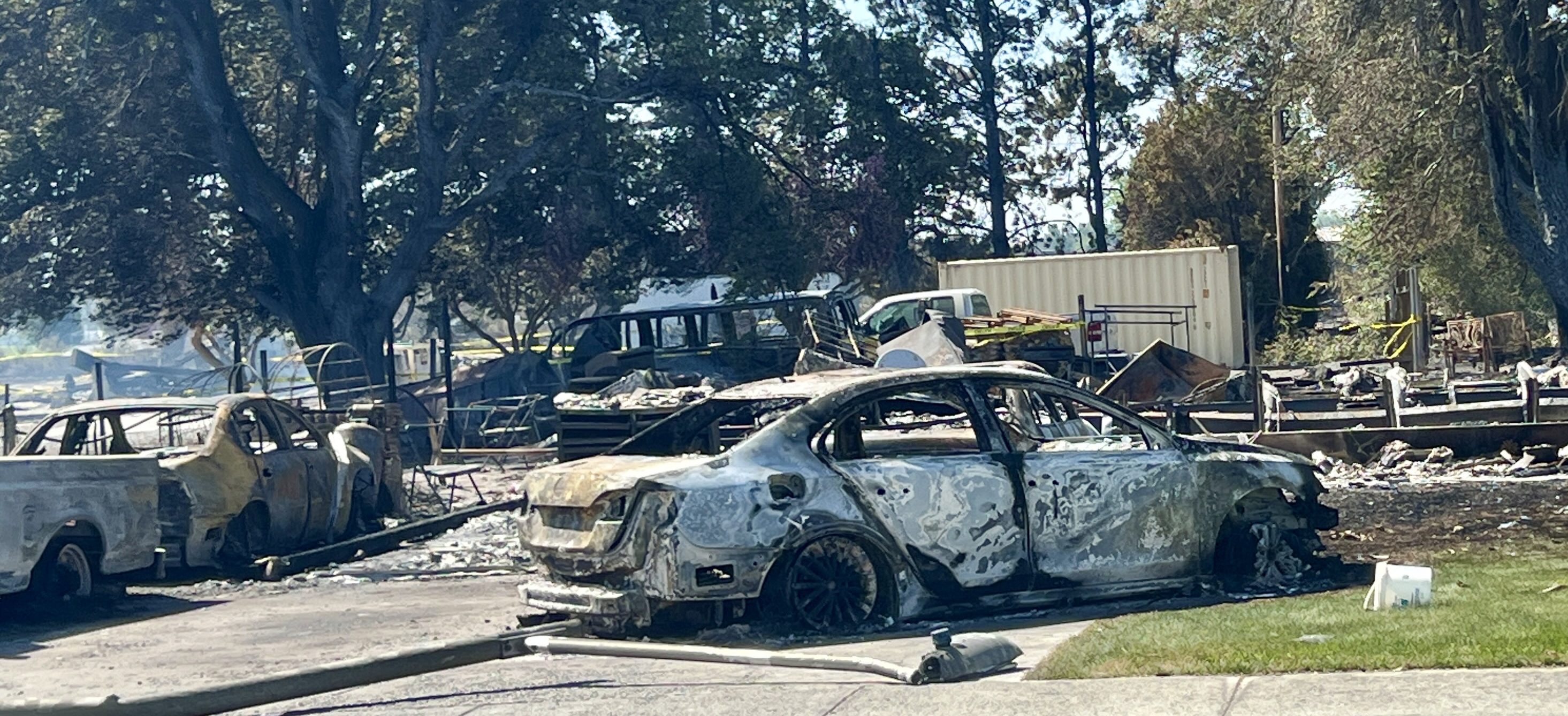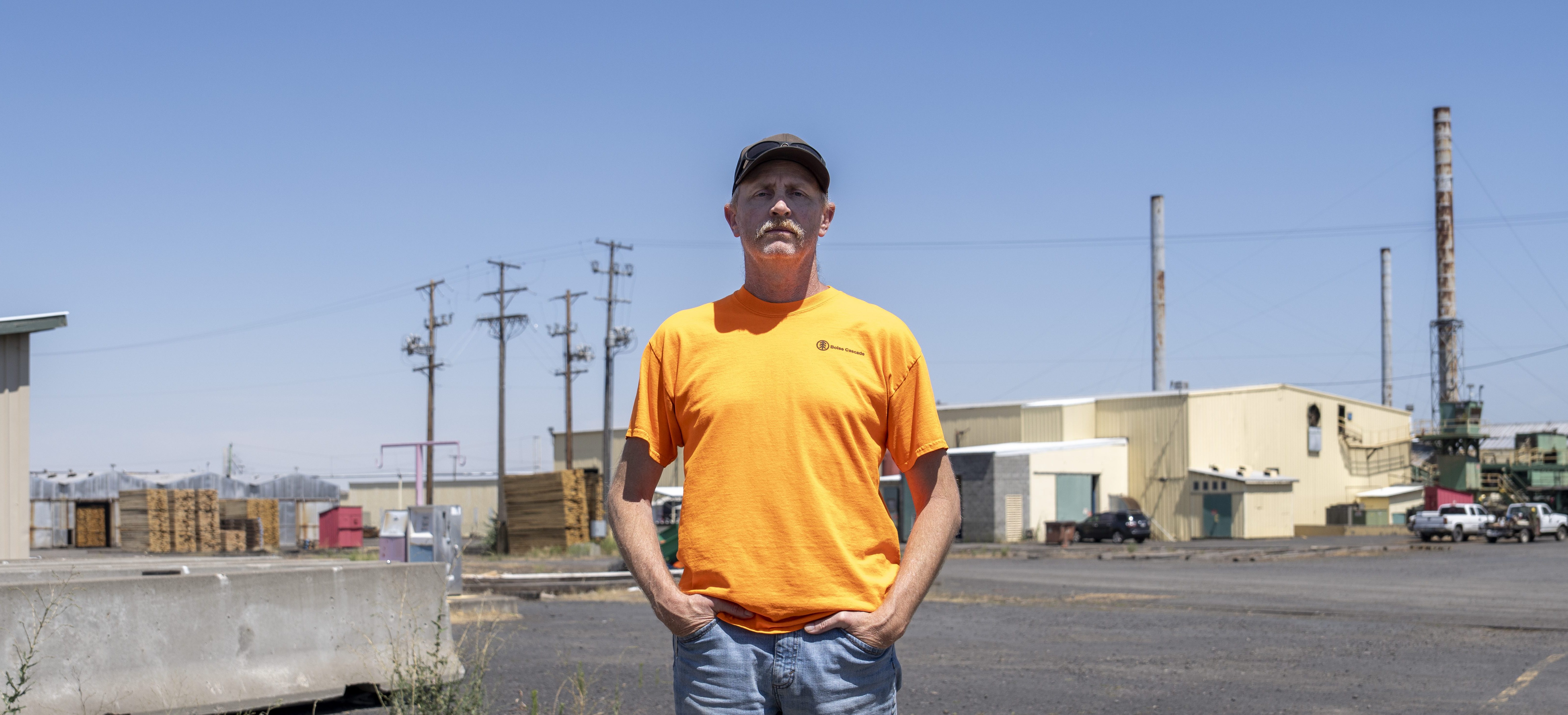Feds approve plan to remove Lower Klamath dams
Published 7:00 am Friday, November 25, 2022
KLAMATH, Calif. — The dams are coming down.
After decades of planning, the Federal Energy Regulatory Commission has unanimously approved decommissioning four hydroelectric dams on the Lower Klamath River, which will be removed to benefit water quality and fish habitat.
Trending
It is the largest dam removal project in U.S. history, with a price tag of $500 million. Preliminary work is expected to begin next year, with reservoir drawdown and final demolition slated for 2024.
Tribes, environmentalists and sport fishing groups have long advocated for razing the dams — J.C. Boyle, Copco 1, Copco 2 and Iron Gate — to restore salmon runs in the Klamath Basin, spanning Southern Oregon and Northern California.
How we got here
Dam removal was negotiated in the original Klamath Hydroelectric Settlement Agreement in 2016, though Congress ultimately failed to pass legislation that would have authorized funding for the massive undertaking.
An amended agreement was signed later that year, establishing a nonprofit called the Klamath River Renewal Corp., which applied to FERC to transfer the dams’ operating licenses from the regional utility PacifiCorp.
FERC agreed to the transfer in June 2021, with the states of Oregon and California signed on as co-licensees.
Trending
On Nov. 17, regulators approved an order to surrender the licenses, allowing dam removal to proceed.
“It’s been a long, long road,” said Mark Bransom, KRRC executive director. “There remains much to do, but we’re very thankful to be here.”
The parties now have 30 days to review and accept the order.
What happens next
Once that happens, Bransom said he anticipates there will be eight to nine months of preremoval construction to prepare for drawing down the reservoirs.
Part of that work includes road and bridge improvements, and modifications to the dams themselves. Crews must also replace a water line to the city of Yreka, Calif., while moving hatchery operations at Iron Gate Dam to the existing Fall Creek Fish Hatchery in Siskiyou County.
The smallest dam, Copco 2, will be the first removed next summer, Bransom said. Copco 2 is a 33-foot-tall diversion dam, about 100 yards downriver of Copco 1.
J.C. Boyle, Copco 1 and Iron Gate would then come down beginning in 2024, opening more than 300 miles of spawning habitat for endangered salmon.
The project further calls for restoring 2,500 acres in the watershed with native vegetation and habitat improvements, Bransom said.
“Ultimately, the states will become the owners of all that property,” he said. “Those lands will not be sold off for development or anything like that.”
Why it matters
Built between 1911 and 1962, the dams have blocked migratory salmon and steelhead from upstream spawning habitat for more than a century.
In that time, federal statistics show chinook salmon runs in the Klamath River have declined by more than 90%. The fish are a sacred resource for the Yurok, Karuk and Hoopa Valley tribes that have lived along the river for thousands of years.
Amy Cordalis, KRRC board member and counsel for the Yurok Tribe, said FERC’s decision “paves the way for revitalization and restoration of the Klamath Basin.”
“Dam removal is the first step in healing of the Klamath River and all Klamath tribal communities,” Cordalis said in a statement.
Chrysten Rivard, Oregon state director for Trout Unlimited, said dams, drought, imbalanced water management and climate change have strangled the Klamath River.
“Now the Klamath is poised to become a prime example of how an entire river system, and the people and wildlife that depend on it, can be renewed,” Rivard said.
The dams do not store water for agriculture or municipalities, Bransom said. Meanwhile, the 169 megawatts of electricity generated at the dams has been replaced “many times over” by PacifiCorp, he added.
PacifiCorp ratepayers are contributing $200 million to remove the dams, with another $250 million allocated by California Proposition 1, a statewide water bond that passed in 2014.
California, Oregon and PacifiCorp also pledged $45 million in contingency funds, in case the project goes over budget.Agriculture left outHowever, enthusiasm for the project is not shared by everyone.
According to the Associated Press, homeowners on Copco Lake vigorously opposed dam removal, while taxpayers in the largely rural counties worry they may be on the hook for cost overruns or liability problems.
Farmers and ranchers, too, say the project does nothing to alleviate water shortages they’ve experienced in recent years, forcing them to fallow land or grow less valuable crops.
Paul Simmons, executive director of the Klamath Water Users Association, said that while the Klamath Hydroelectric Settlement Agreement was rescued in 2016, the Klamath Basin Restoration Agreement — an attempt to balance water supplies among competing interests — was left unhonored.
”It appears that the Klamath Basin goals for state and federal administrators, and others, is to remove the dams and be sure to spend money currently available for restoration activities, and nothing more,” Simmons said. “That is not a plan for stability or peace.”
Though the KWUA did not oppose dam removal, Simmons said they are disappointed and disillusioned that stakeholders have turned their backs on the agricultural community.
”The destruction of food-producing communities, and the wildlife with whom we share space and water, has yielded no demonstrable benefit for (endangered) species,” Simmons said. “With the dam removal decision behind us, we hope federal and state policymakers will wake up to the facts before it is too late.”










